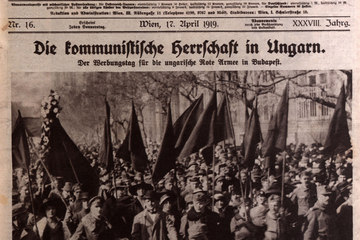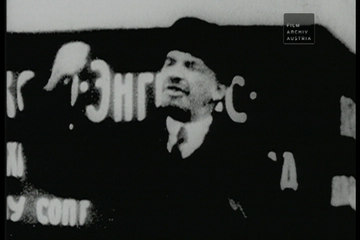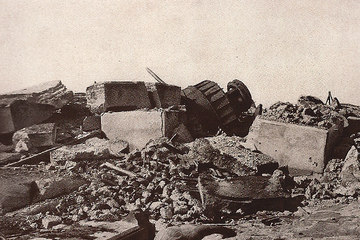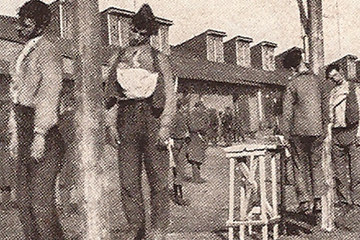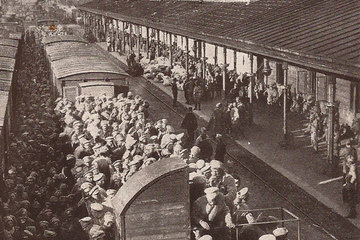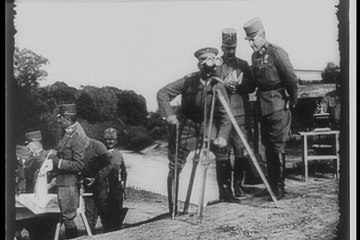Italy, the ‘Archenemy’
The national unification of Italy came about not least of all from the conflict with the Habsburg Monarchy. The Triple Alliance concluded in 1882 between the Apennine Kingdom, Germany and Austria-Hungary had little effect on the fundamental mistrust between Vienna and Rome. The latent tension in bilateral relations meant that a true ‘brotherhood in arms’ alongside the Hohenzollern Empire was out of the question.


